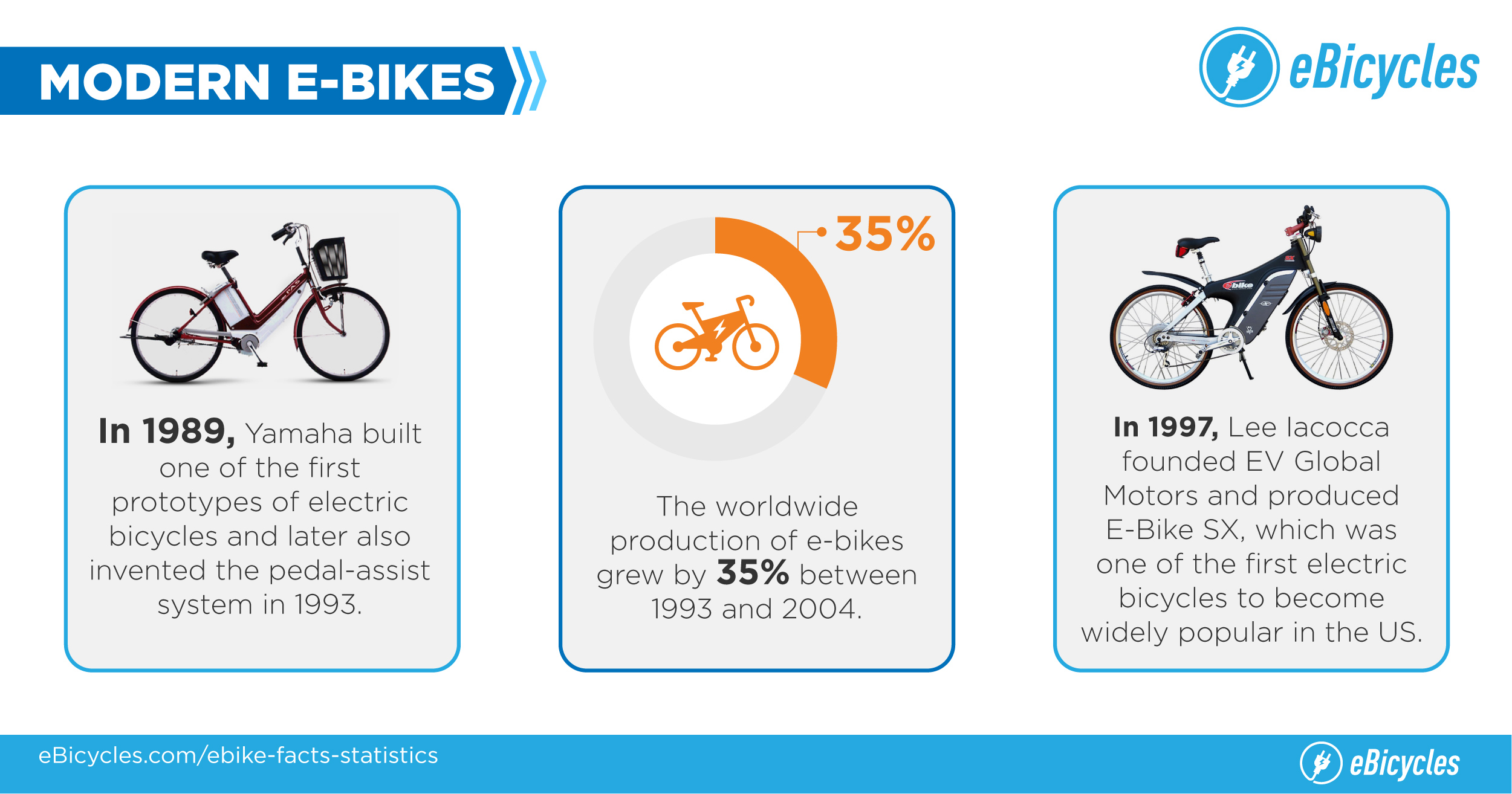A Comprehensive Overview For Beginners On E-Bike Regulations And Laws In Your Area
A Comprehensive Overview For Beginners On E-Bike Regulations And Laws In Your Area
Blog Article
Produced By-Moran Salomonsen
Before you get on your e-bike and struck the streets, it's vital to recognize the laws and regulations that regulate your city. From read on to designated riding areas, there's a whole lot to consider to guarantee you're certified and risk-free. By acquainting on your own with the policies specific to e-bikes, you'll be much better equipped to enjoy your trips without any unexpected legal problems. Stay tuned to discover key understandings that will help you browse the e-bike landscape in your city perfectly.
Recognizing E-Bike Category
When it concerns browsing the realm of e-bike laws and regulations, a critical starting point is understanding the category system that classifies these electric bikes. E-bikes are normally identified into three major categories: Class 1, Class 2, and Course 3.
Course 1 e-bikes are pedal-assist only, indicating they provide aid while the cyclist is pedaling and have a maximum speed of 20 miles per hour. These bikes are allowed in areas where conventional bicycles are permitted.
Course 2 e-bikes are outfitted with a throttle that can push the bike without pedaling. They also have a maximum speed of 20 miles per hour and are suitable for motorcyclists who might require assistance without pedaling continually.
Course 3 e-bikes resemble Class 1 but with a higher maximum speed of 28 miles per hour. These bikes are frequently restricted from specific bike paths or trails as a result of their greater speeds.
Understanding these categories is crucial for complying with local regulations and guaranteeing a secure and satisfying e-biking experience.
Navigating Rate Limits and Constraints
To properly navigate e-bike regulations and regulations, it's vital to comprehend the rate restrictions and constraints that apply to different classes of electrical bikes.
Rate restrictions for e-bikes vary relying on the category of the bike. https://fatebikes53197.topbloghub.com/38559668/the-future-of-e-bikes-fads-to-see-in-the-following-5-years -bikes, which are pedal-assist only and have a maximum speed of 20 mph, are usually allowed on bike lanes and paths.
Class 2 e-bikes, which have a throttle in addition to pedal-assist and likewise reach speeds of approximately 20 mph, may be limited in specific locations where motorized vehicles aren't permitted.
Course 3 e-bikes, with pedal-assist as much as 28 mph, are typically needed to comply with the exact same rules as typical bicycles.
It is very important to adhere to these speed limitations and restrictions to guarantee your safety and security and the safety and security of others when traveling. Before riding your e-bike, acquaint yourself with the specific guidelines in your city to stay clear of any type of possible fines or lawful problems.
Where to Ride Your E-Bike
To identify where you can ride your e-bike, it's essential to understand the guidelines and standards specific to your place. In most areas, e-bikes are usually enabled on roads and streets where conventional bikes are allowed. This might consist of bike lanes, bike paths, and shared highways. However, it's vital to check local laws as some cities may have certain constraints on where e-bikes can be ridden.
When riding your e-bike, always focus on safety by complying with website traffic guidelines and respecting pedestrian walkways. Furthermore, be mindful of any type of assigned bike lanes or courses in your location and use them whenever possible to make certain a smoother and much safer trip.
Some cities additionally have guidelines concerning e-bike use on sidewalks, so make sure to acquaint on your own with these rules to stay clear of any fines or fines.
Conclusion
Now that you recognize with the legislations and guidelines surrounding e-bikes in your city, you can confidently hit the trail understanding where you can ride and what limitations put on your e-bike category. Remember to always prioritize security and comply with the guidelines to make sure a smooth and lawful trip. Recommended Website riding!
